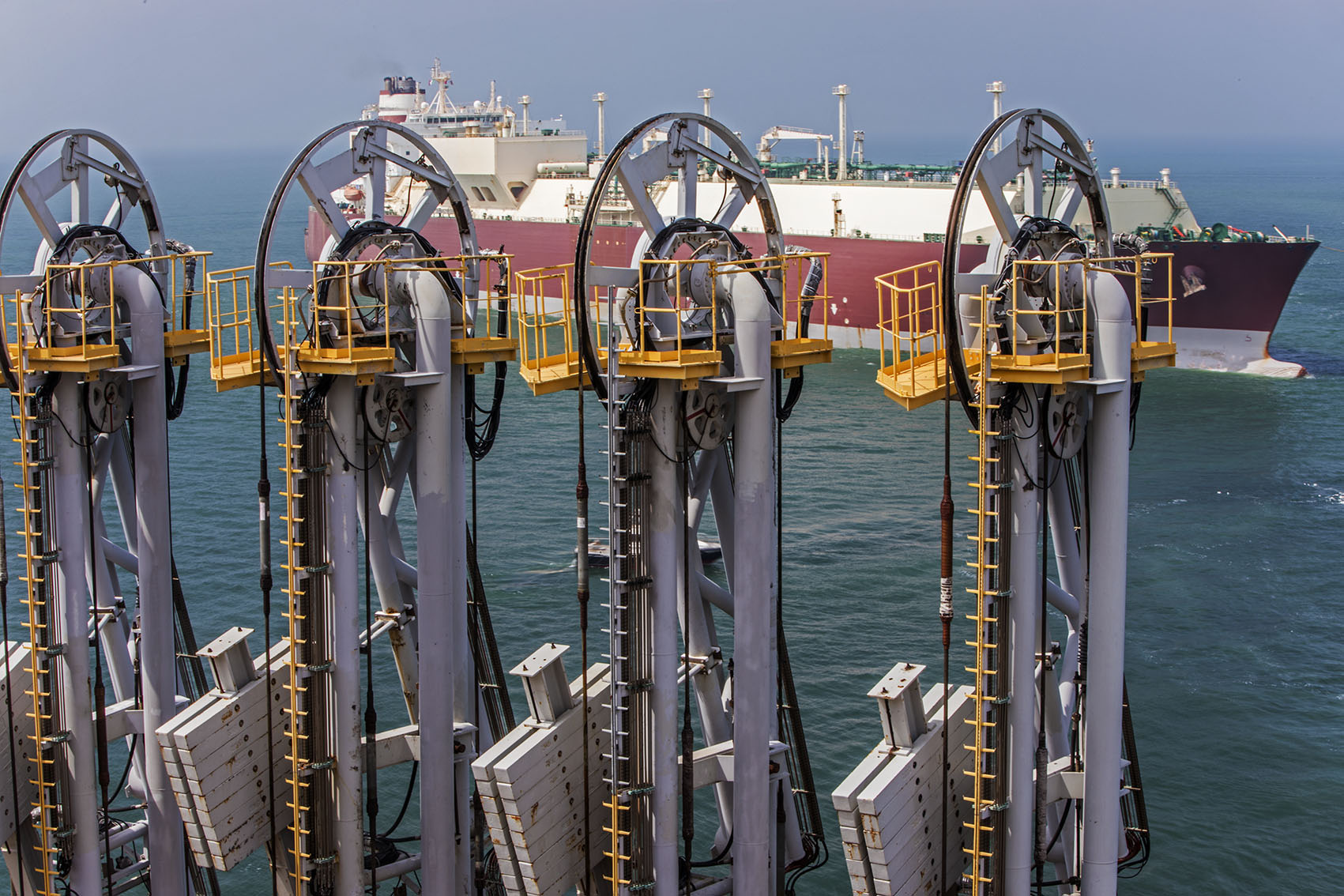Adriatic LNG receives its 700th carrier since the beginning of terminal operations

Adriatic LNG celebrated in late August the arrival of the 700th carrier since the beginning of the regasification terminal operations. The Ejnan left Ras Laffan Port in Qatar and arrived at the offshore terminal after 12 days navigation, delivering a cargo of about 140,000 cubic meters of liquefied natural gas (LNG), equivalent to nearly 86 million cubic meters of gas.
Within the first eight months of 2019, the Adriatic LNG terminal has received 58 carriers, whose LNG total cargo enabled to send out into the national grid over 5 billion cubic meters of gas.
Carriers leaving Qatar for the Adriatic LNG terminal usually face a journey which lasts 12-14 days on average: firstly, they leave Ras Laffan Port, then they sail the Red Sea in order to reach the Suez Canal; afterwards, they cross the Mediterranean and finally navigate towards the coasts of Veneto region. The average cargo of these carriers is approximately 150,000 cubic meters of liquefied natural gas. Once they arrive and berth at the terminal, LNG discharge operations usually last between 12 and 14 hours. Liquefied natural gas is then sent into pipework connected with terminal’s tanks for being stored and then regasified.
Almost ten years after the beginning of operations, the Adriatic LNG terminal has enabled Italy to import LNG from Qatar, Egypt, Trinidad and Tobago, Equatorial Guinea, Norway, Nigeria, United States and Angola, delivering to the national pipeline network more than 58 billion cubic meters of gas. The Adriatic LNG terminal plays a central role not only in the security of energy supply but also in fostering the decarbonization process. Natural gas has a key role in the transition to renewables, being a fossil source with lower emissions, economical and flexible.
